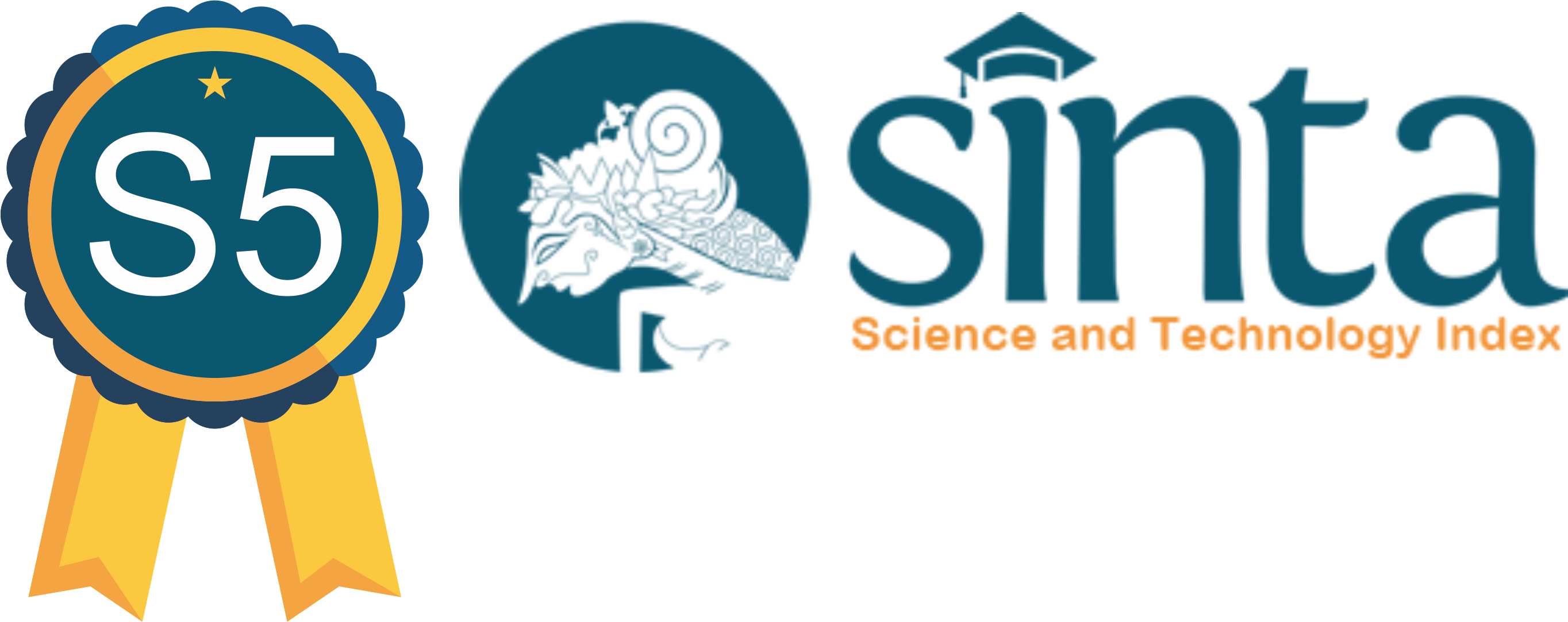Self-Regulated Learning and Online Game Addiction in College Student
Abstract
This study aims to determine the relationship between self-regulated learning and online game addiction. This research is quantitative research with Spearman correlation. The number of subjects in this study was 337 people. The sampling technique used in this research is cluster sampling. The method of collecting data is quantitatively through an online questionnaire. The results showed no relationship between self-regulated learning and online game addiction. This study suggests not using self-regulation variables in learning because it cannot suppress online game addiction. It can be replaced using self-regulation, self-efficacy variables, and self-management. Teenagers who are indicated to be addicted to online games can immediately seek a psychologist so that their addiction can be reduced. Parents continue to support their children so that they can have good achievements and supervise children using smartphones, especially in playing online games, so that online game addiction does not occur.
Downloads
References
Bayu, D. J. (2021). ANALISIS DATA Masa Depan Cerah Gim Online di Indonesia.
Jaya, E. S. (2018). WHO tetapkan kecanduan game sebagai gangguan mental, bagaimana “gamer” Indonesia bisa sembuh? The Conversation.
Krejcie, R. V., & Morgan, D. W. (1970). “Determining Sample Size for Research Activities”, Educational and Psychological Measurment.
Lebho, M. A., Lerik, M. D. C., Wijaya, R. P. C., & Littik, S. K. A. (2020). Perilaku Kecanduan Game Online Ditinjau dari Kesepian dan Kebutuhan Berafiliasi pada Remaja. Journal of Health and Behavioral Science, 2(2), 202~212.
Lemmens, J. S., Valkenburg, P. M., & Peter, &Jochen. (2009). Development and Validation of a Game Addiction Scale for Adolescents. Media Psychology, 12(1), 77–95.
Luthfi, A. (2020). Terbesar di Asia Pasifik, Pasar Game di Indonesia Capai Rp13 Triliun.
Masfiah, S., & Putri, R. V. (2019). Gambaran Motivasi Belajar Siswa Yang Kecanduan Game Online. FOKUS (Kajian Bimbingan & Konseling Dalam Pendidikan), 2(1).
McCullough, M. E., & Willoughby, B. L. B. (2009). Religion, Self-Regulation, and Self-Control: Associations, Explanations, and Implications. Psychological Bulletin, 135(1).
Patrick, H. (1997). Social self-regulation: Exploring the relationship between children’s social relationship, academic self-regulation, and school performance. Educational Psychologist, 32(4), 209–220.
Primayuni, S., & Neviyarni2. (2020). Effectiveness of Group Guidance Services Using Self-Management Techniques to Prevent Addiction to Online Game Use (In SMA Negeri 2 Sungai Limau). Neo Konseling, 2(2).
Santrock, J. W. (2008). Educational Psychology.
Saraswati, P. (2018). Skala Psikologis Self Regulated Learning ( Regulasi Diri dalam Belajar). Universitas Muhammadiyah Malang.
Wolters, C. A., Pintrich, P. R., & Karabenick, S. A. (2005). Paper prepared for the Conference on Indicators of Positive Development: Definitions, Measures, and Prospective Val. Assessing Academic Self-Regulated Learning.
Woolfolk, A. (2010). Educational psychology. Upper Saddle River, NJ: Pearson Education International.
Young, K. (2009). Understanding online gaming addiction and treatment issues for adolescents. The American Journal of Family Therapy, 37, 355–372.
Zimmerman, B. J. (2000). Attaining selfregulation.
Zimmerman, & Barry J. (1989). A Social Cognitive View of Self-Regulated Academic Learning. Journal Of Educational Psychology, 81(3).
Copyright (c) 2022 Eugenius Vercelly Hamaer Lotar Lejap, R. Pasifikus Ch. Wijaya, Marselino K. P. Abdi Keraf

This work is licensed under a Creative Commons Attribution-ShareAlike 4.0 International License.
Journal of Health and Behavioral Science (JHBS) is licensed under a Creative Commons Attribution-ShareAlike 4.0 International License. You are free to copy, transform, or redistribute articles for any lawful purpose in any medium, provided you give appropriate credit to the original author(s) and JHBS, link to the license, indicate if changes were made, and redistribute any derivative work under the same license. Copyright on articles is held by the authors. By submitting to JHBS, authors grant any third party the right to use their article to the extent provided by the Creative Commons Attribution-ShareAlike 4.0 International License.

 Eugenius Vercelly Hamaer Lotar Lejap(1*)
Eugenius Vercelly Hamaer Lotar Lejap(1*)








